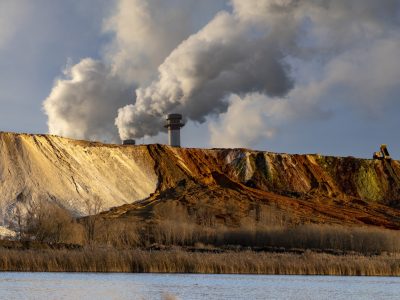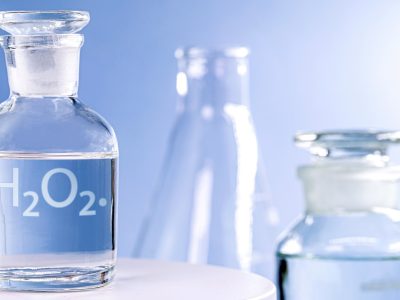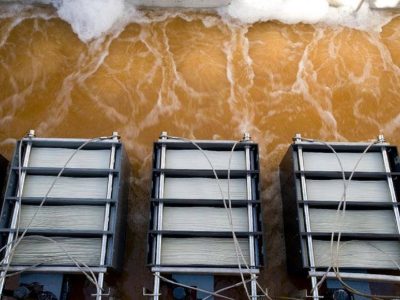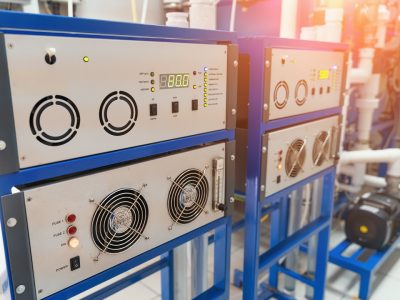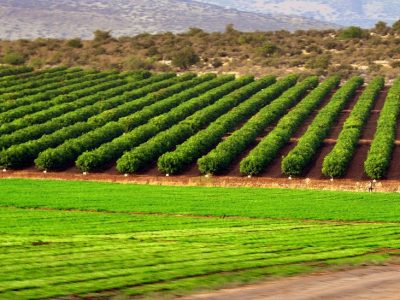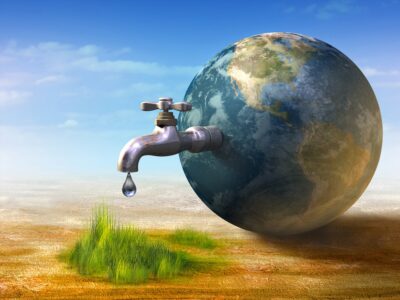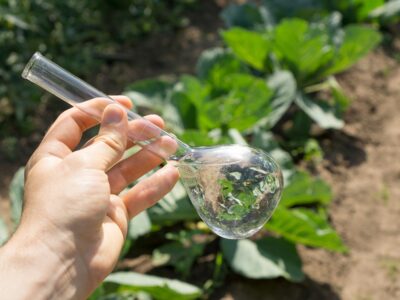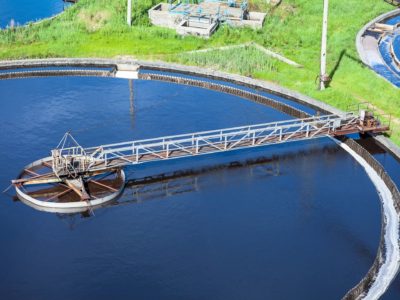Constructed Wetlands as a Sustainable Water Treatment Alternative
Constructed wetlands for wastewater treatment represent a seamless integration of engineering innovation with ecological principles. The intricacies of designing, implementing, and managing... Read More
Sustainable Sludge Disposal in Wastewater Treatment
Sludge disposal is a crucial aspect of wastewater treatment, as it involves the safe and sustainable management of the solid byproducts produced... Read More
Hydrogen Peroxide as a Water Disinfectant
Hydrogen peroxide (H2O2) is a chemical compound made up of two hydrogen atoms and two oxygen atoms. It is a powerful oxidizing... Read More
Membrane bioreactors
Membrane bioreactors (MBRs) are becoming increasingly popular as they provide an alternative to conventional activated sludge treatment processes that use secondary clarifiers... Read More
Ozone water treatment
Ozone as a disinfectant in water treatment Ozone is a gas molecule composed of three oxygen atoms (O3). It was first discovered... Read More
Irrigation with wastewater
What is wastewater? Wastewater is water that has been used domestically or in the industry. Wastewater contains many pollutants, biological and chemical... Read More
Global water usage and resources
Global water demand is increasing sharply. One in nine people do not have access to clean water. That’s about 800 million people.... Read More
Water Alkalinity
Alkalinity is the ability of the water to neutralize acidity. It refers to the presence of carbonates (CO32-), bicarbonates (HCO3–) and hydroxides... Read More
Water disinfection
Water disinfection refers to the inactivation of microorganisms that are pathogenic to humans, animals or plants. Inactivation involves destroying essential structures or... Read More
Water treatment
The water treatment process consists of a series of steps to remove or minimize impurities from water and make the water suitable... Read More




